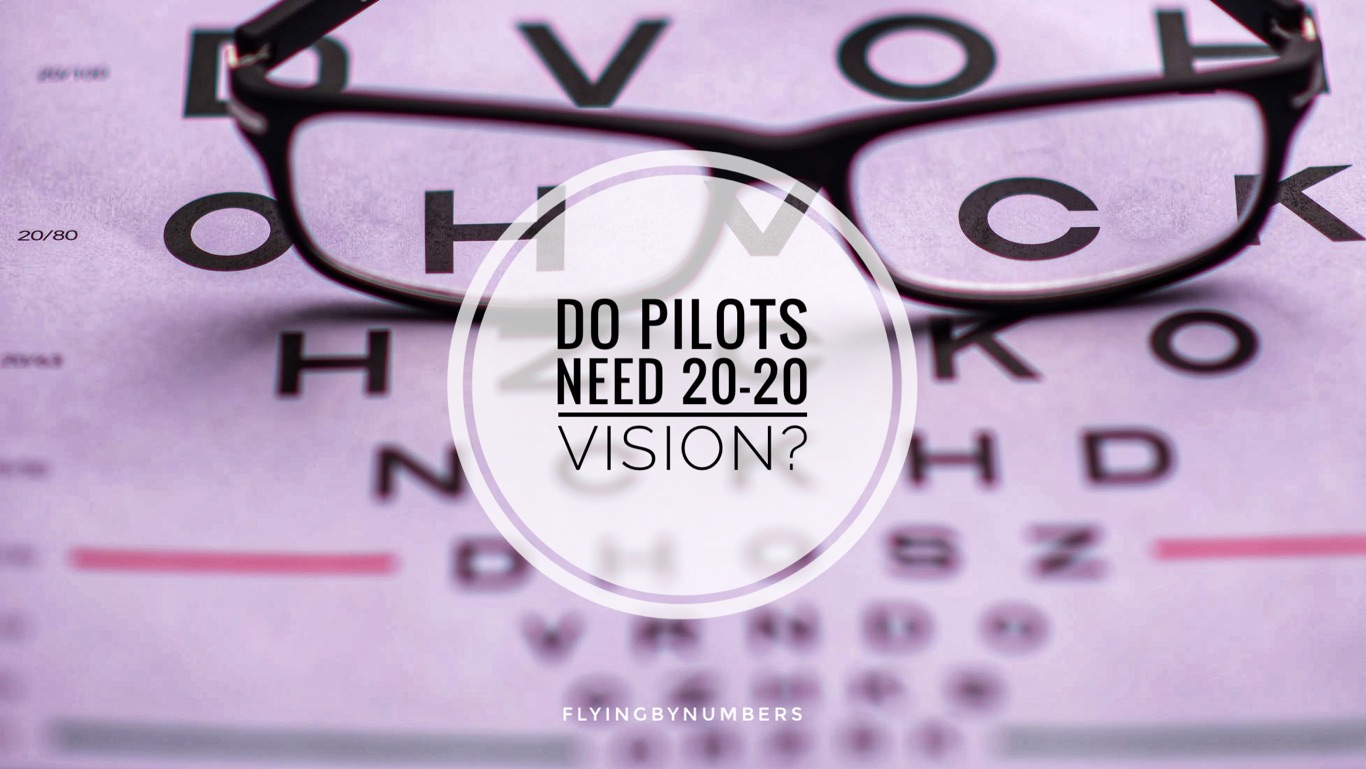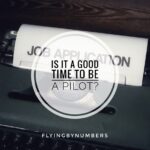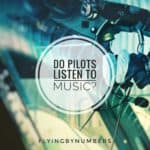Do you require 20-20 vision to be a pilot? Many people assume you require excellent natural vision to be a pilot, and this used to be true. But, aviation rules are continuously changing, and are no longer as strict. There are now multiple approved ways of correcting your vision to meet the standards, so perfect eyesight is no longer required.
Despite not needing 20-20 vision to be a pilot, good vision is still an essential part of the job:
In this blog post, we’ll explore the eyesight requirements for becoming a pilot. We’ll also take a brief look at laser eye surgery, glasses, and contact lenses. So if you’re interested in learning more about being a pilot, keep reading!
Disclaimer. This article is intended to be an overview of pilot vision requirements — it is written by a current commercial airline pilot who wears glasses. However, attitudes to correcting vision vary from doctor to doctor, and around the world. For in-depth specifics, please consult an aeromedical practitioner.
Do you need perfect vision to be a pilot?
Pilot vision requirements
No, your vision doesn’t need to be perfect to be a pilot. However, there are three main requirements:
- Pilots must be able to read the numbers and letters on an eye chart from 20 feet (ca. 6 m) away, but vision can be corrected (by surgery, glasses, or contact lenses) to meet this.
- The second requirement relates to overhead panels and cockpit layouts. Pilots must have a wide field of view. This means that you must be able to see peripherally without excessively turning your head.
- Finally, pilots must also be able to pass a colour vision test. Aircraft warnings, systems, and checklists are frequently colour-coded.
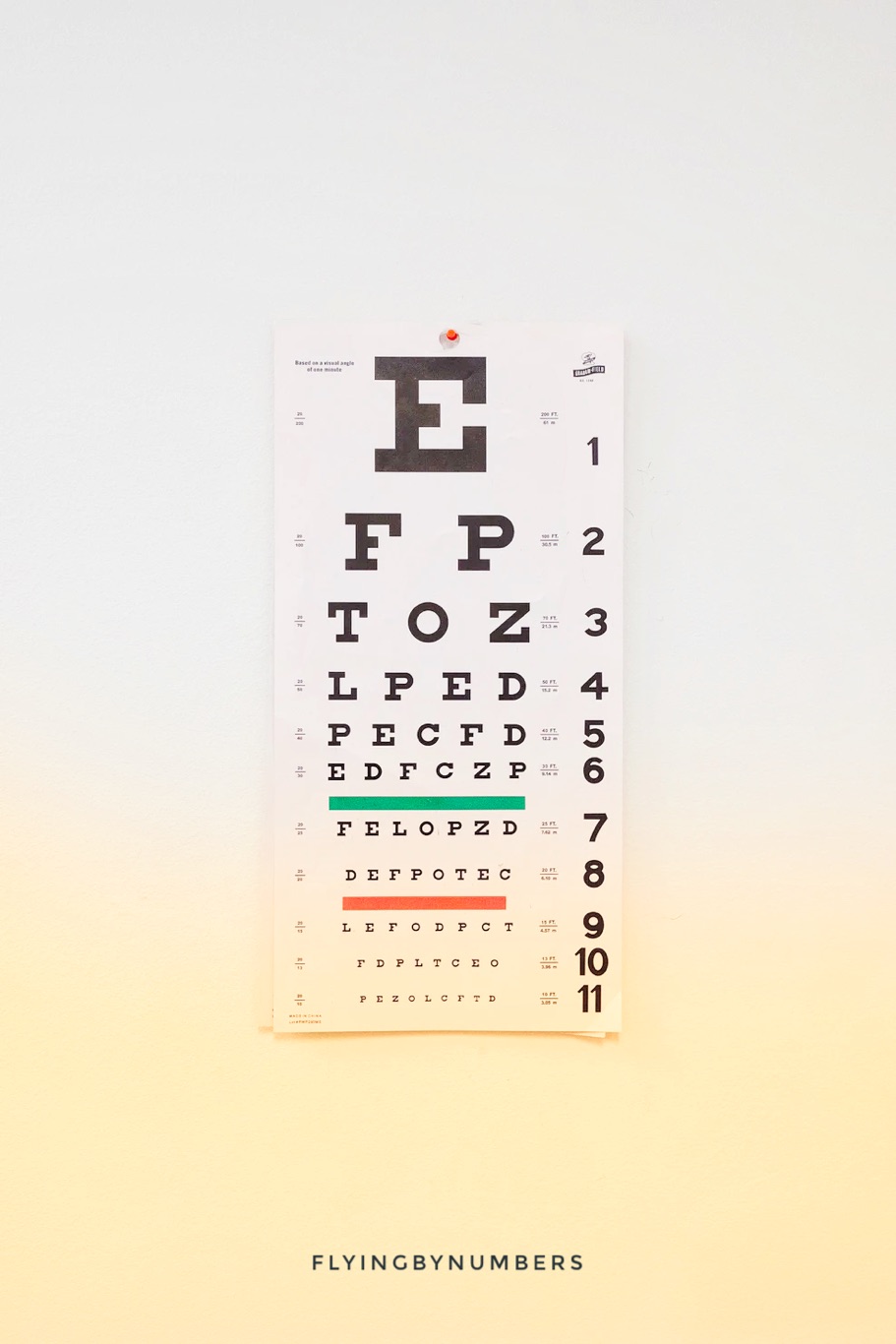
Currently, about 55% of the civilian pilots in the United States must utilise some form of refractive correction to meet the vision requirements for medical certification
FAA — Laser Eye Surgery
These vision requirements are all assessed during pilot medical examinations, with commercial pilots needing to hold a Class 1 medical certificate. The most thorough check of a pilot’s vision is in the first application for a medical licence — known as an Initial Class 1. Once this baseline has been met, pilots are assessed annually or six-monthly, depending on age.
So, can you wear glasses and be a pilot? The answer is yes!
- You are allowed to wear glasses or contact lenses as long as your vision meets the international standards.
- These require that your vision must be correctable to 20/20.
- There is a baseline vision requirement too — uncorrected vision must fall within an acceptable range (often 20/40).
Pilots with glasses must always have a spare pair of prescription glasses available on the flight deck.
There are also some airlines that have additional requirements for pilots who wear glasses. For example, some airlines may require additional eye exams, or have restrictions on the type of lenses that you can wear — like bifocal or varifocal lenses.
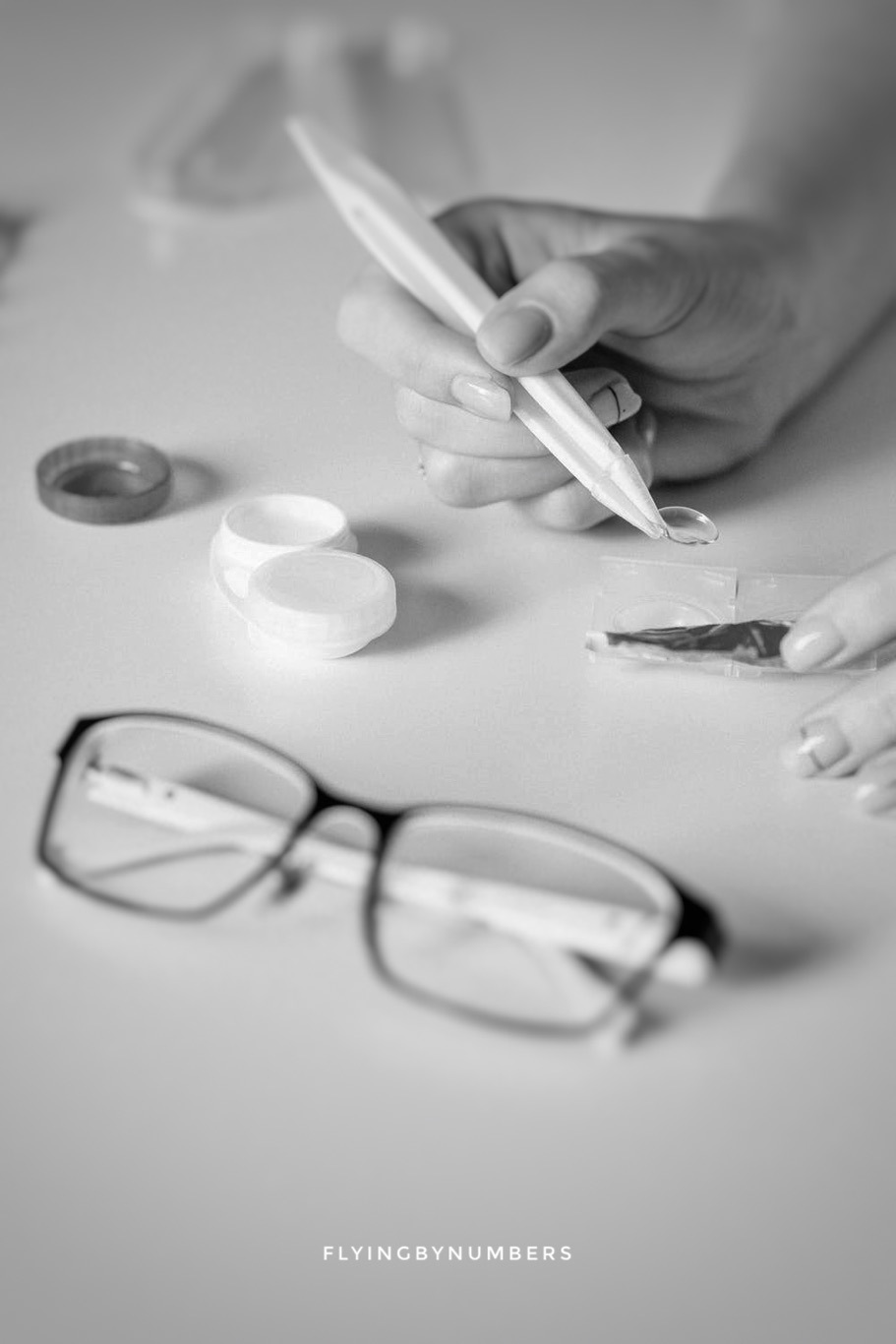
Can you have laser eye surgery as a pilot?
Yes. Laser eye surgery for pilots is approved by the majority of international aviation regulators, including the FAA and CAA.
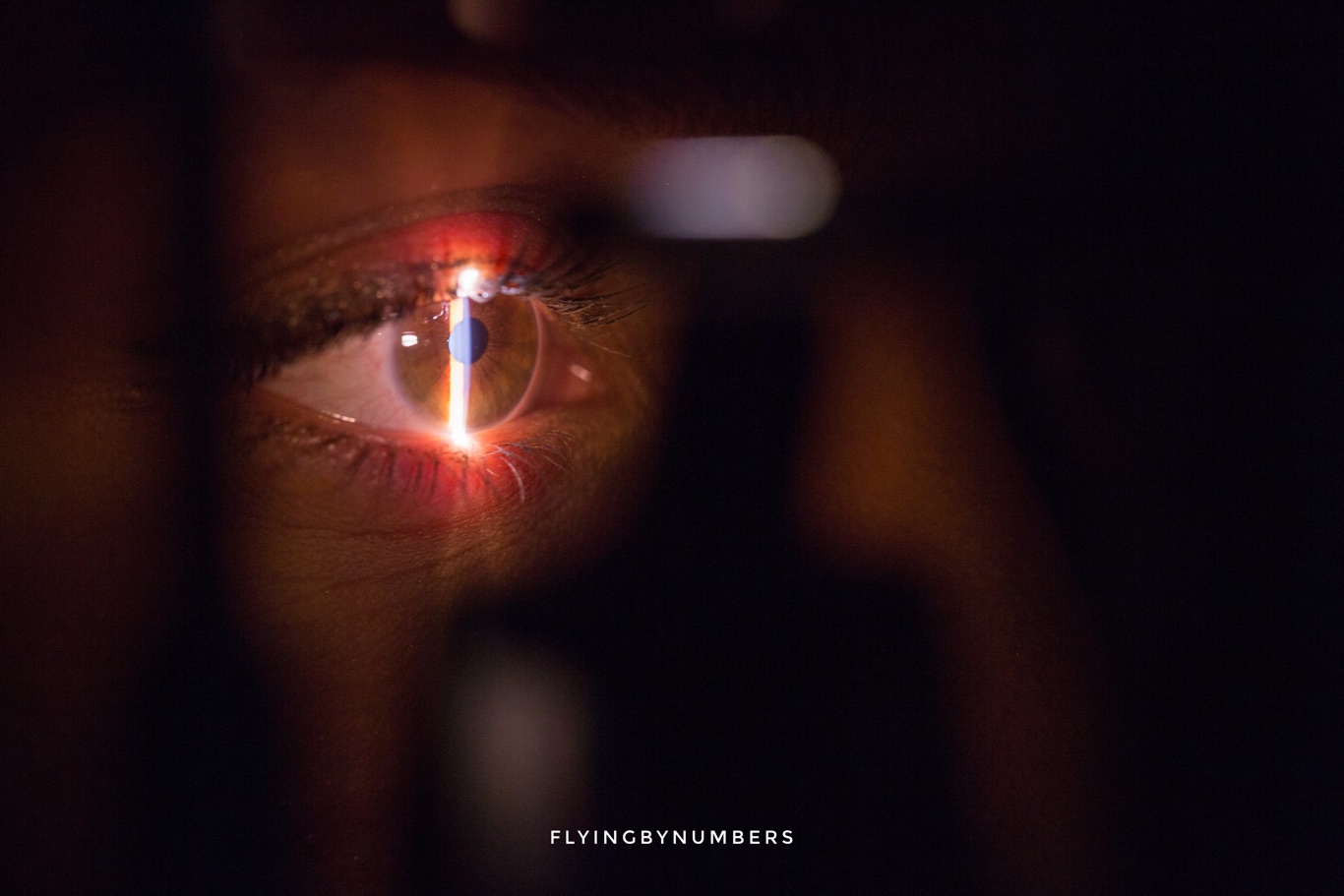
The most common type of laser eye surgery is LASIK (laser-assisted in situ keratomileusis).
However, for pilots wishing to have laser eye surgery, there are a few things to consider beforehand:
- Laser eye surgery is a permanent correction procedure. Therefore, you must have had a stable vision prescription before you undergo surgery.
- Eyes need to be assessed beforehand to check they can be operated on, and your existing vision is within a defined “correctable” range
- As with any surgery, individual medical histories must be considered
- There may be complications, or a prolonged recovery period, which could affect your flying career
Can you be a pilot if you are colourblind?
Yes, depending on additional testing. However, colourblindness is arguably one of the more restrictive areas of pilots vision requirements. There are different types and severity of colour blindness. Not all will preclude you from becoming a pilot, but only minor deviations are allowed.
Colourblind is usually tested as part of a pilot medical test using the Ishihara Test, examples of which are displayed below.
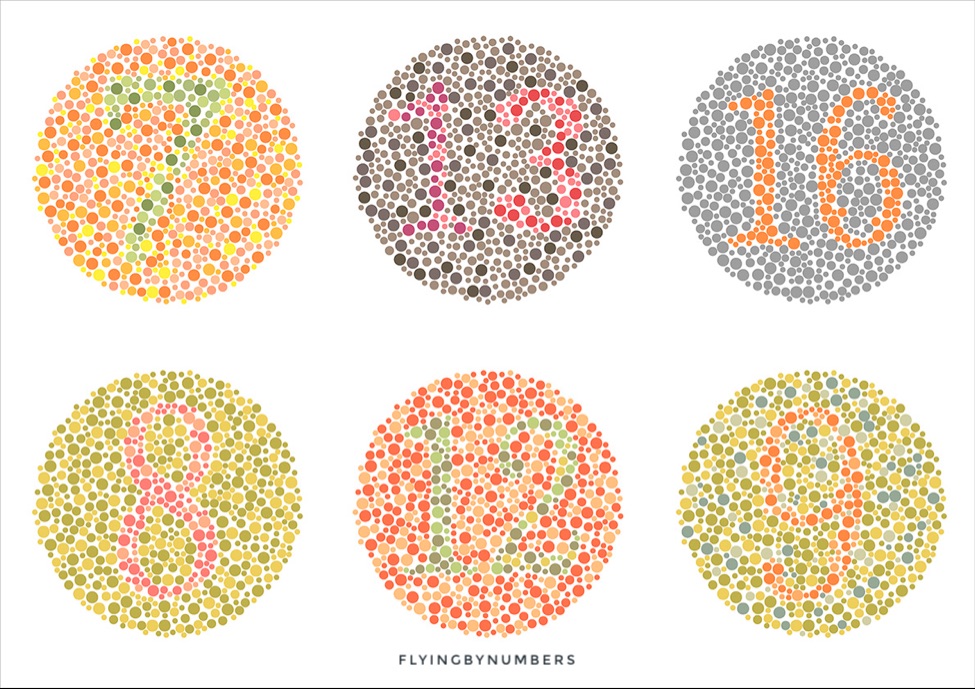
However, if you are unable to see all the letters in the Ishihara test, some aviation authorities allow additional colourblind testing using the Farnsworth Lantern Test (FALANT). If the Aeromedical Examiner decides a pilot’s FALANT results are sufficient, pilots can obtain a valid Class 1 medical with a degree of colourblind.
Summary
To summarise, if you don’t have great natural eyesight, don’t fret! 20-20 vision is no longer a requirement to become a pilot. Virtually all worldwide aviation authorities allow commercial pilots corrected vision.
Pilots are allowed to wear glasses or contact lenses, have laser eye surgery, a combination of both. However, pilots do still have to meet high standards for vision — particularly bad eyesight can prohibit becoming a pilot, even if it is corrected to 20-20.
In addition, there are some specific eye conditions and colourblind issues that can prohibit becoming a pilot. Finally, while this article looks at pilot vision from a European and American viewpoint, some global aviation authorities do apply additional constraints and stricter standards. It is always best to consult a local AME, to check the rules applicable in individual cases.
